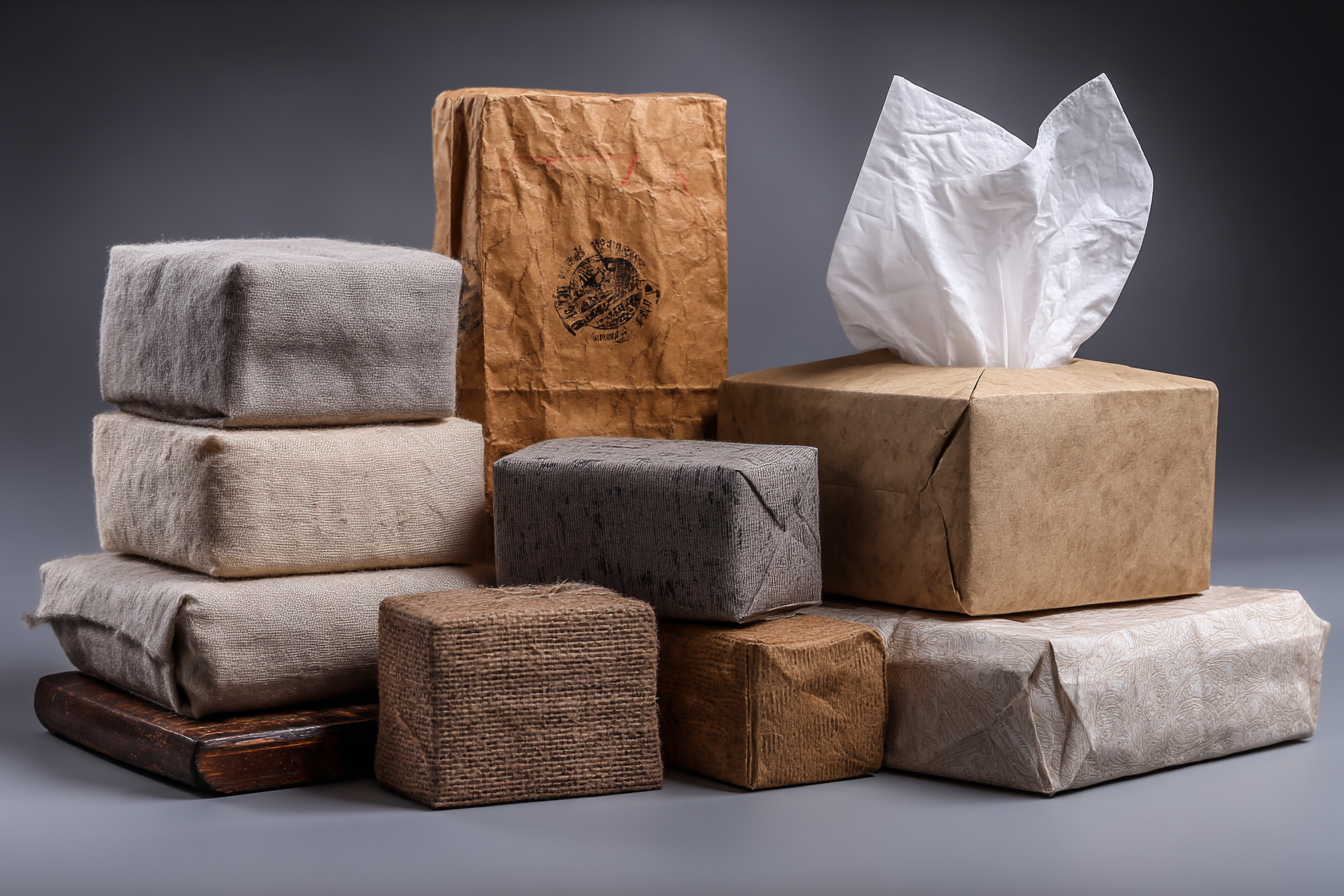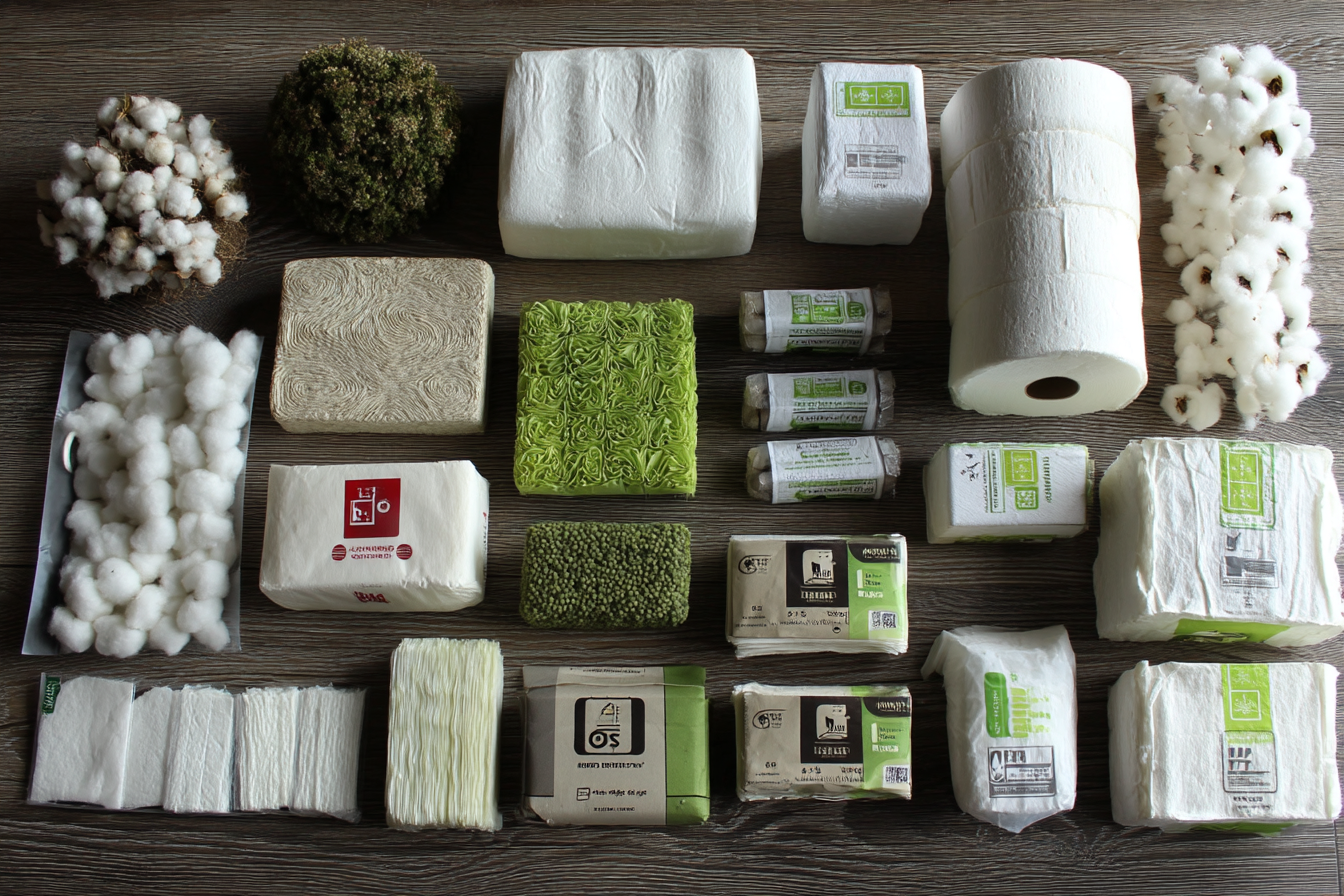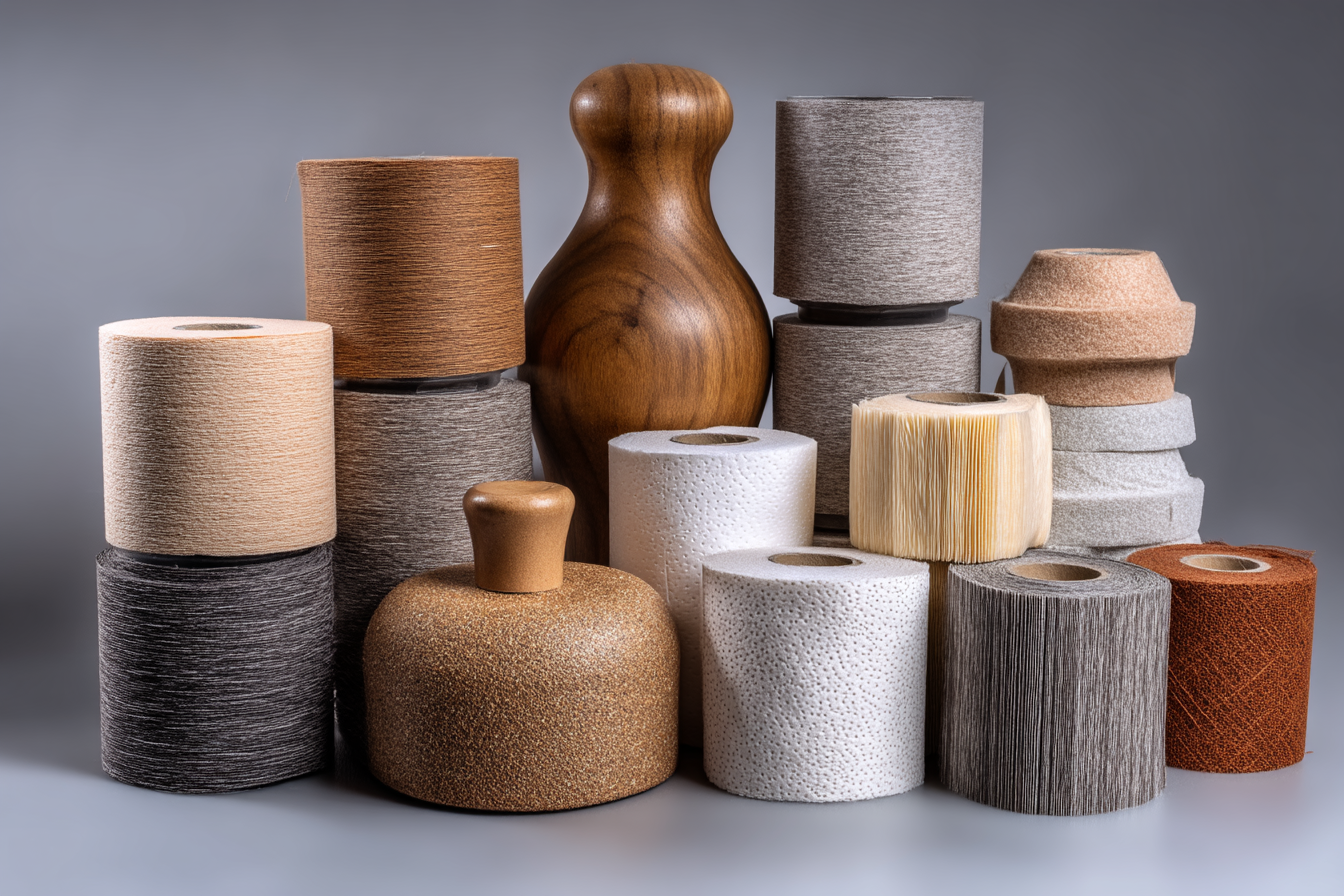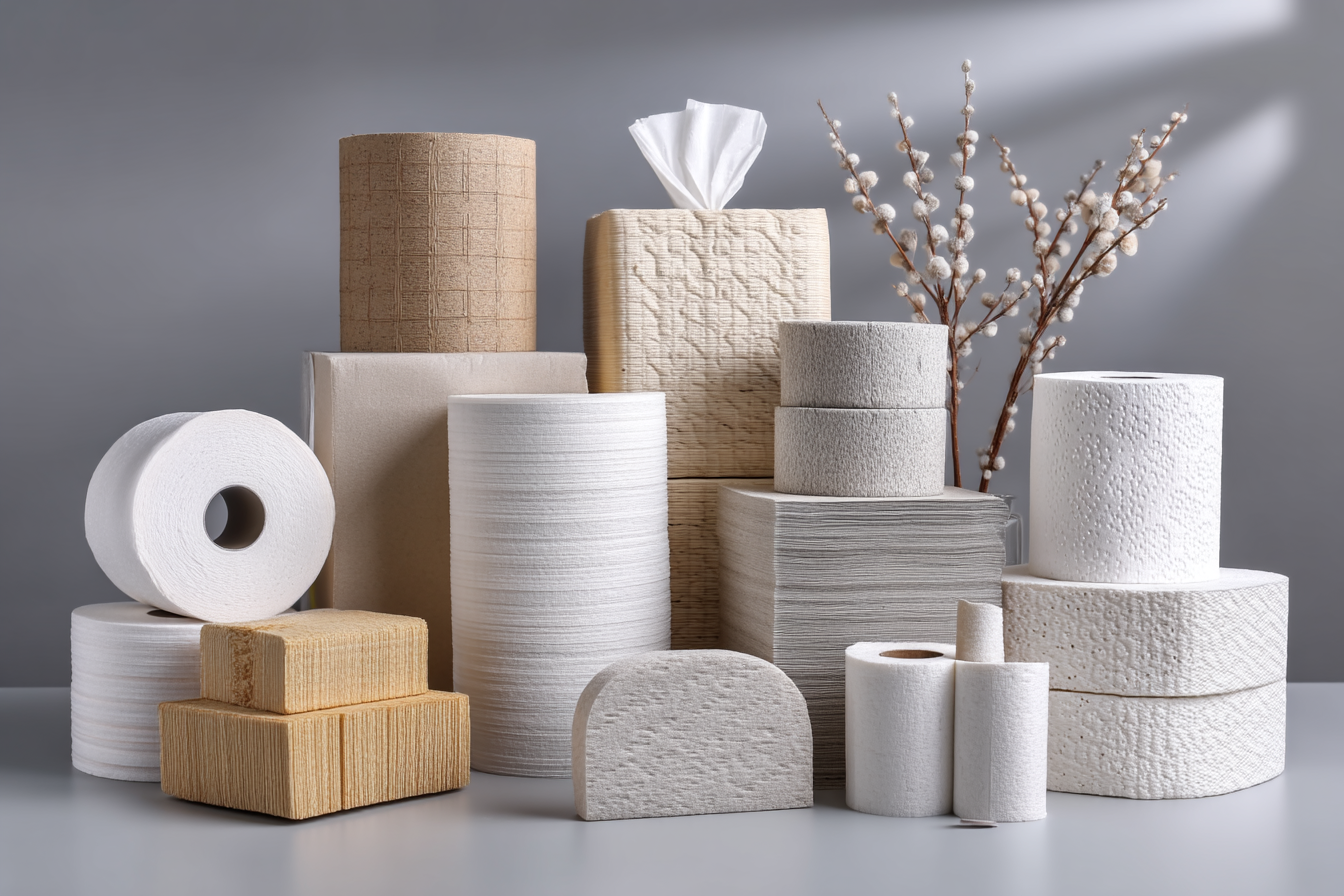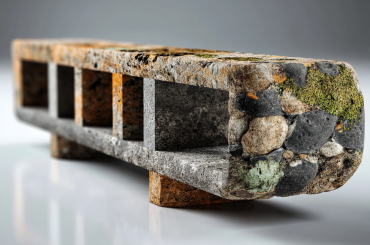When my washing machine flooded last month, I stood in my kitchen watching water seep under the cabinets while frantically trying to mop it up with… paper towels. There I was, sustainability director at Zero Emission Living, using the exact product I’d written a scathing article about just weeks earlier. I went through nearly an entire roll before my neighbor popped round with an actual mop and some old towels. “Bit wasteful for you, isn’t it?” she laughed, and I had to agree. The emergency stash of paper products I keep “just in case” has been my dirty little environmental secret for years.
Look, I’m not perfect. None of us are. But that washing machine disaster got me thinking about our complicated relationship with paper products. They’re everywhere in our lives, from the toilet roll we panic-bought during lockdown (still have some, if I’m honest) to the packaging that arrives with our online shopping. The average Brit uses about 127 rolls of toilet paper yearly—multiply that by our population and you’ve got a forest-worth of trees literally being flushed away.
I grew up believing recycled paper was the answer to everything. My dad, ever the practical environmentalist, would bring home reams of recycled printer paper from work, proudly showing me the speckles that proved its eco-credentials. But like most environmental issues, the paper problem isn’t that simple. Not all recycled paper is created equal, and even the best recycling processes have their own environmental footprints.
Last summer, I visited a paper mill in Wales that produces recycled toilet paper. The factory manager, Dave—a burly man with ink-stained hands who’d been in the paper business for thirty years—gave me a behind-the-scenes tour. “People think recycled means perfect,” he told me as we watched pulp being processed. “But we still use chemicals, energy, and loads of water. Better than virgin paper, mind you, but not impact-free.”
Dave showed me the difference between their standard recycled paper (which contains about 40% post-consumer waste) and their premium line (nearly
90% recycled content). The premium paper was noticeably grayer and rougher. “People say they want eco-friendly,” he sighed, “but they also want white, soft toilet roll that doesn’t feel like sandpaper.” I felt personally attacked, thinking about the slightly pricier “bamboo soft” toilet paper in my bathroom at home.
Here’s the uncomfortable truth: paper has an environmental impact at every stage of its life cycle. The forestry practices that source the raw materials can range from devastating clear-cuts to well-managed sustainable plantations. The manufacturing process is energy-intensive and uses a cocktail of chemicals that would make your head spin. Then there’s the water usage—making one sheet of A4 paper requires about 10 liters of water. Ten liters! For one bloody sheet! That’s more than I use to water my sad collection of houseplants in a week.
So what’s an imperfect environmentalist to do? After years of testing products (and yes, I mean actually using them in my daily life, not just reading the marketing claims), I’ve found some genuinely better alternatives.
First things first: toilet paper. It’s the paper product most of us aren’t willing to give up entirely (though I do have one friend who installed a bidet and now evangelizes about it to anyone who’ll listen—sorry if you’re reading this, Jun). My current favorite is Who Gives A Crap’s bamboo toilet paper. Bamboo grows like crazy without fertilizers or pesticides and produces 35% more oxygen than equivalent trees. The company also donates 50% of profits to building toilets in developing countries. Win-win. The rolls come wrapped in paper, not plastic, and they’re shipped in cardboard boxes that my cat, Compost (yes, that’s really her name, and no, I didn’t think that through), loves to sleep in.
For kitchen use, I’ve nearly eliminated paper towels by keeping a drawer full of cut-up old t-shirts and towels. They’re not pretty—most are stained with various cooking experiments gone wrong—but they work better than paper anyway. I keep them in an old ice cream tub under the sink, with another tub for the dirty ones. When the dirty tub fills up, everything goes in the washing machine. Easy.
The system broke down spectacularly last Christmas when my parents visited. Mum kept looking for paper towels and eventually sent Dad to the shop for some. “I’m not using rags to clean up after Christmas dinner,” she insisted. “I’m modern, but not that modern.” I’ve learned to keep one roll hidden away for parental visits and other emergencies (like flooding washing machines, apparently).
Tissues were harder to replace. I tried handkerchiefs for a while—found some lovely vintage ones at a charity shop—but during hay fever season, they just couldn’t keep up. My compromise is recycled facial tissues, though I’ve recently discovered LastTissue, which is basically a silicone case of six organic cotton handkerchiefs. You use one, tuck it into the “dirty” compartment, and grab a clean one. It’s brilliant for everyday use, though I still keep recycled tissues for when I’m properly ill. There are limits to my commitment, and one of them is using a cloth handkerchief when I have a cold. Sorry, planet.
The trickiest paper to eliminate has been in my work life. Despite working for a sustainability magazine, our office still goes through ridiculous amounts of paper. We’ve reduced by using digital proofing systems, but sometimes you just need to see layouts on actual paper. After much pestering, I convinced our office manager to switch to Steinbeis ClassicWhite recycled paper—it’s made from 100% recovered waste paper using a carbon-neutral process. It’s not perfect (still needs water and energy to produce), but it’s miles better than virgin paper.
What about books? God, this one hurts my soul. I’m a voracious reader with overflowing bookshelves. I’ve tried e-readers, but it’s just not the same experience. After a day of staring at screens, the last thing I want is another one. My compromise is buying secondhand books whenever possible. Bristol has amazing charity shops and used bookstores, and I’ve found some real treasures—including a first edition of Rachel Carson’s “Silent Spring” that I practically hugged when I found it for £3.
Packaging is another paper nightmare. Online shopping has exploded in recent years (and I’m as guilty as anyone, especially during lockdown), bringing with it mountains of cardboard and those horrible plastic-padded envelopes. I’ve started ordering from companies that use plastic-free packaging, even if it means paying a bit more. For my own packaging needs, I keep a stash of previously used padded envelopes and boxes. My flatmate calls it my “packaging drawer of shame”—it’s overflowing and definitely not as organized as the zero-waste influencers would have you believe such things should be.
The most unexpected paper waste I’ve tackled recently was greeting cards. I used to be a proper card person, sending them for birthdays, holidays, congratulations—any excuse, really. But when I calculated the environmental footprint of my card habit, I was horrified. Most cards can’t be recycled properly because of the inks, foils, and mixed materials. Now I either send e-cards (I know, less personal) or make my own from scrap paper. My artistic talents are limited, so recipients get crude drawings and lots of enthusiasm rather than anything Instagram-worthy.
If you take one thing from this rambling exploration of paper products, let it be this: perfect is the enemy of good. You don’t have to eliminate all paper from your life tomorrow. Start with one thing—maybe switch your toilet paper or invest in some cloth napkins. Try keeping a box of rags under the sink for spills instead of reaching for kitchen roll. Small changes add up, especially when they become habits.
And for the love of all things green, don’t beat yourself up when you fail. We’re all just figuring this out as we go along. Even after years of writing about sustainability, I still find myself standing in a puddle of water, frantically tearing off paper towels in a panic. The important thing is to learn, adjust, and keep trying.
Now if you’ll excuse me, I need to go reorganize my “packaging drawer of shame” before it explodes and buries me in a landslide of previously used bubble wrap. That would be an embarrassing end for a sustainability writer, wouldn’t it? Death by hoarded packaging materials. At least they’d be able to ship my remains in pre-used packaging. Reduce, reuse, recycle, even in death, I suppose.
